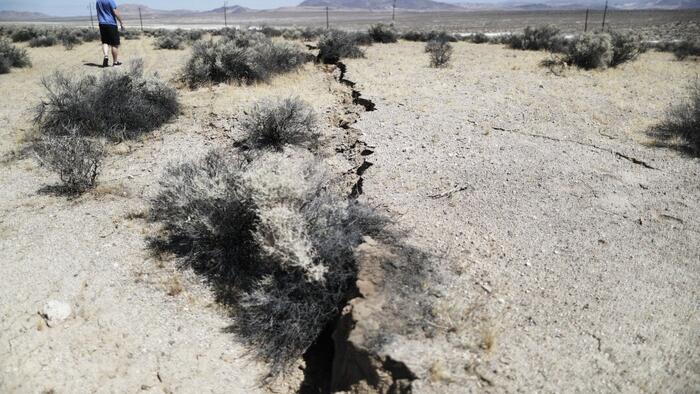Beginning in January 2025, Californians will see a rise in earthquake insurance rates by an average of 6.8 percent, as announced by the California Earthquake Authority (CEA). This not-for-profit organization, which is backed by insurance companies and overseen by the state, aims to provide affordable and reliable earthquake insurance options to citizens. However, due to state laws mandating that insurance rates remain actuarially sound, the increase reflects the impact of various factors, including inflation and rising construction and reinsurance costs. As a result, renters are expected to have an annual rate increase of under $10, while homeowners may see about $70 more in their premiums. There are also new provisions that include a $500 sub-limit for certain broken personal items at no additional cost.
Despite the looming increases, the need for earthquake insurance in California remains critical. The state experiences approximately 90 percent of the earthquakes in the United States, yet only about 10 percent of Californians carry earthquake insurance coverage. Many residents opt out due to a perception that potential damages may not surpass their insurance deductibles, leaving them to pay premiums without any financial recourse post-disaster. Currently, around one million Californians are insured under the CEA, which represents a small portion of the overall homeowner and renter population within the state. The CEA emphasizes that homeowners can receive rate discounts of up to 25 percent by retrofitting their homes to enhance seismic safety, which can lead to significant long-term savings compared to the cost of extensive repairs following an earthquake.
In terms of risk assessment, certain types of homes are more vulnerable to earthquake damages, particularly those built on raised foundations or hillsides, homes with living spaces over garages, and manufactured homes lacking seismic safety measures. Charlotte Fadipe, a spokesperson for the CEA, pointed out that the majority of injuries during earthquakes result from structural failures rather than the seismic activity itself. The organization encourages residents to take proactive measures and underlines its commitment to helping Californians prepare for and recover from significant earthquakes. The 1994 Northridge earthquake, which caused extensive damage estimated at $20 billion and profoundly influenced California’s insurance market, marked the beginning of serious efforts to regulate earthquake insurance through the establishment of the CEA in 1996.
Post-Northridge, the insurance landscape shifted dramatically as many companies limited or ceased writing homeowners’ policies, leading to substantial ramifications for the housing market. The earthquake losses highlighted the industry’s underestimation of earthquake impacts, prompting legislators to establish the CEA to stabilize both the housing and insurance markets by offering private insurance coverage. Today, policies initiated by the CEA account for two-thirds of the residential earthquake coverage in California, making it a major player in the insurance landscape and one of the largest earthquake insurers globally.
Despite the efforts of the CEA and other stakeholders, the larger context of California’s insurance market reveals a growing availability crisis as companies grapple with the realities of heightened wildfire risks and escalating rebuilding costs. Insurance rates across the board are rising, and many insurers have withdrawn from the market in recent years, adding stress to consumers and businesses alike. California’s Department of Insurance is actively working to remedy this crisis, with insurance commissioner Ricardo Lara emphasizing the urgency of implementing reforms to improve market conditions and consumer access to insurance products.
To address these systemic issues, the Department of Insurance is increasing its workforce to expedite approval processes for rate changes and facilitate a more thorough review of insurance applications. This initiative aims to stem the tide of companies exiting the market and bolster consumer protections. Governor Gavin Newsom expressed support for these reforms, acknowledging the challenges facing Californians and the vital need for accessible insurance coverage as part of a comprehensive solution to the state’s insurance crisis. Together, these efforts represent a commitment to ensuring that residents are prepared for the realities of earthquake risks while navigating the complexities of the insurance landscape in California.

